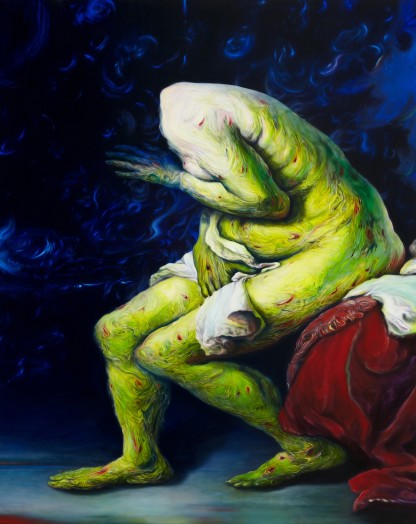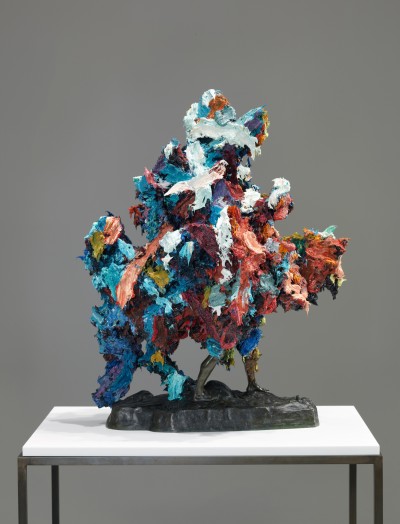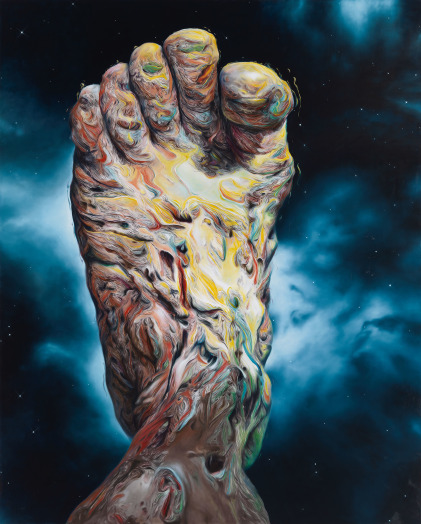Riotous Baroque: From Cattelan to Zurbarán: Guggenheim Bilbao
Featuring contemporary artworks presented alongside 17th-century paintings, Riotous Baroque: From Cattelan to Zurbarán attempts to extricate the concept of the baroque from established clichés and traditional perceptions.
With a clear shift away from pomp, ornament, and gold, the exhibition focuses on the baroque as a celebration of the precarious vitality that was hailed, rediscovered, lost, projected, and threatened by death. Riotous Baroque does not mark the emergence of a new neo-baroque style. Instead, the exhibition highlights the way in which several contemporary artworks touch reality, striving toward existentialist issues.
Usually associated with dynamism, sensuality, extravagance, and theatricality, withdrawn from the quiet solemnity of classical forms, the baroque era also exemplified an age of instability, marking the collapse of an established order. As noted by the art historian Erwin Panofsky, the baroque was founded in “the victory of subjectivism, which aims to express suffering and humor in equal measure.”
The selection of baroque paintings and contemporary works on display constitute an approach to real life that creates a universe of contrasts ruled by the illusionistic, the hyperreal, and the longing for an exalted vitality. Avant-garde artists of the 20th century also sought to put art and life on equal terms. Although this essentialist enthusiasm appears to have been forgotten today, its reflection still prevails among artists who probe the permeability of the frontier between art and life.
Looking back at history from a contemporary perspective, Riotous Baroque explores the coarseness, earthiness, religiosity, and sensuality of the baroque, grotesque, burlesque, and virile. The exhibition eludes the most obvious thematic or formal analogies, opting to present baroque and contemporary works within an installation influenced by film, designed to enable the two realities, past and present, with all their differences and affinities, in order to cross-fertilize, permeate, and invite new interpretations.




